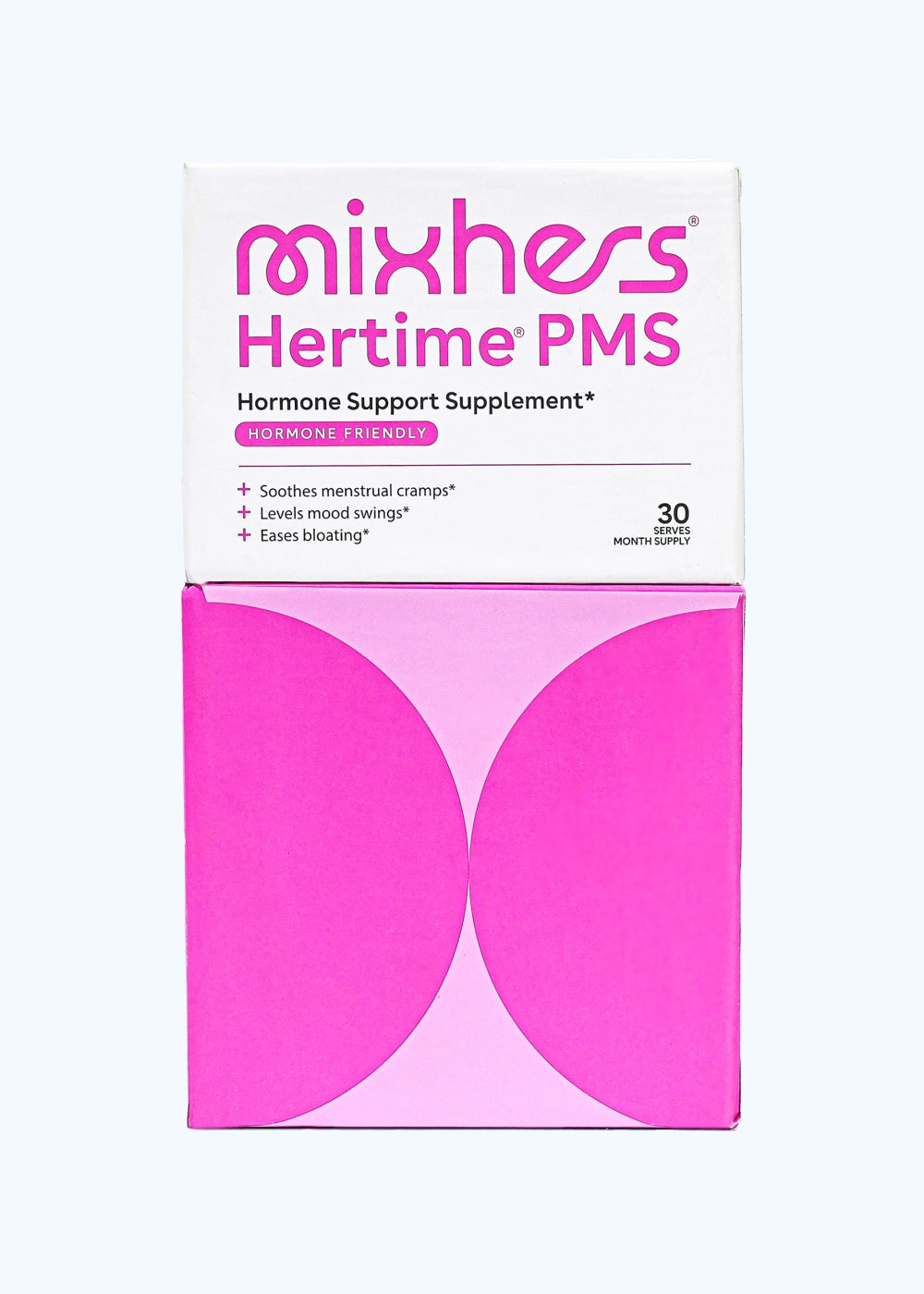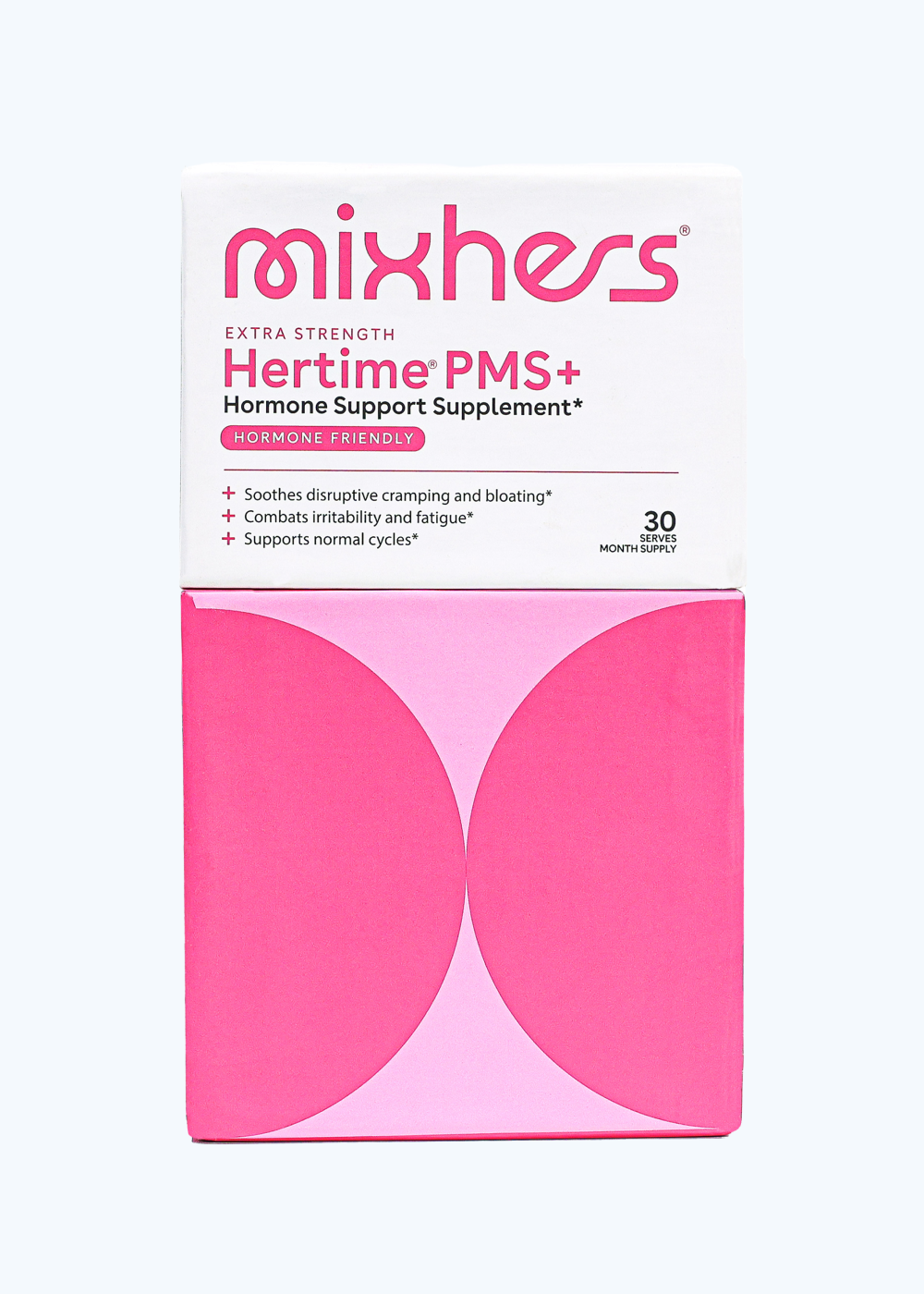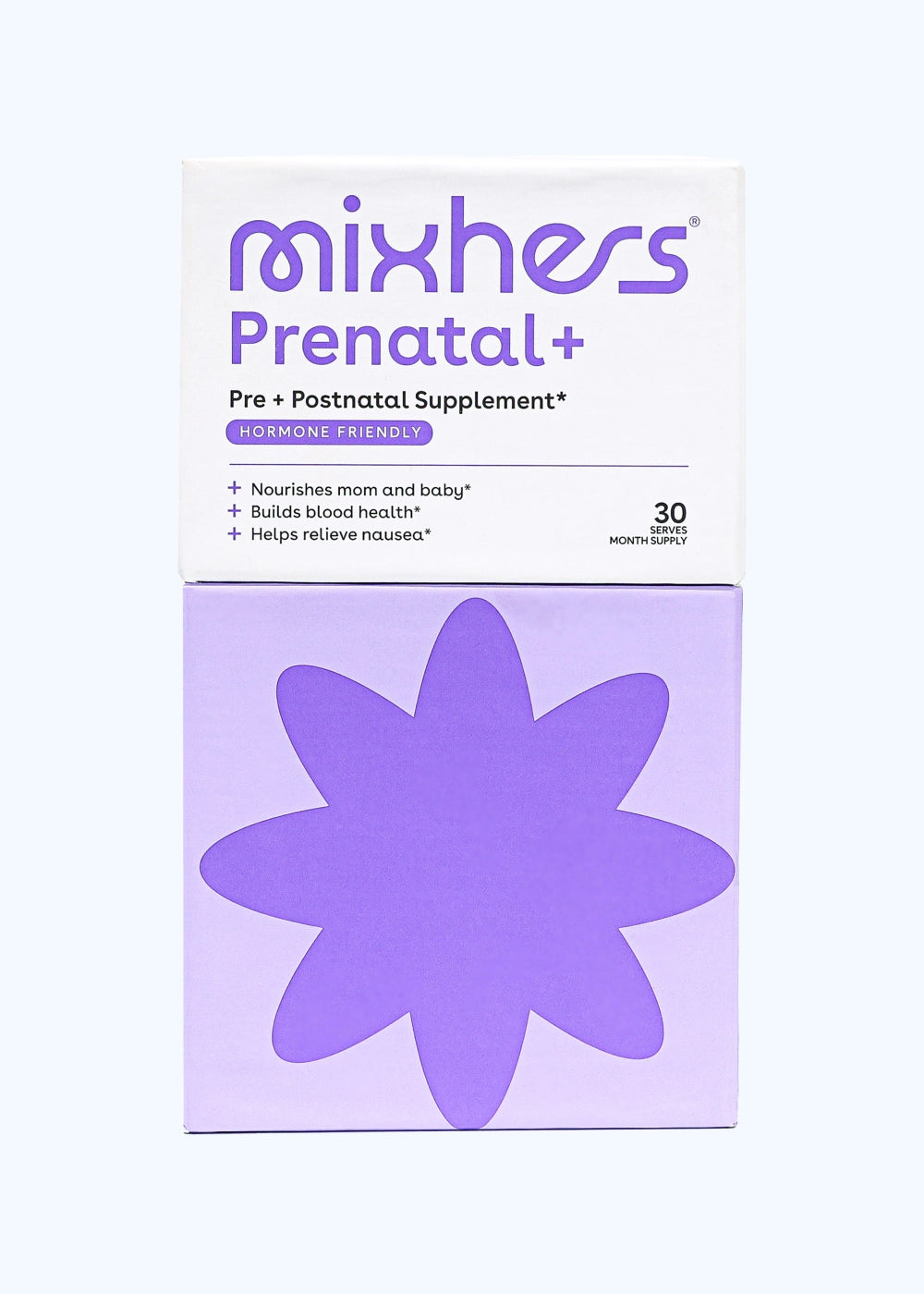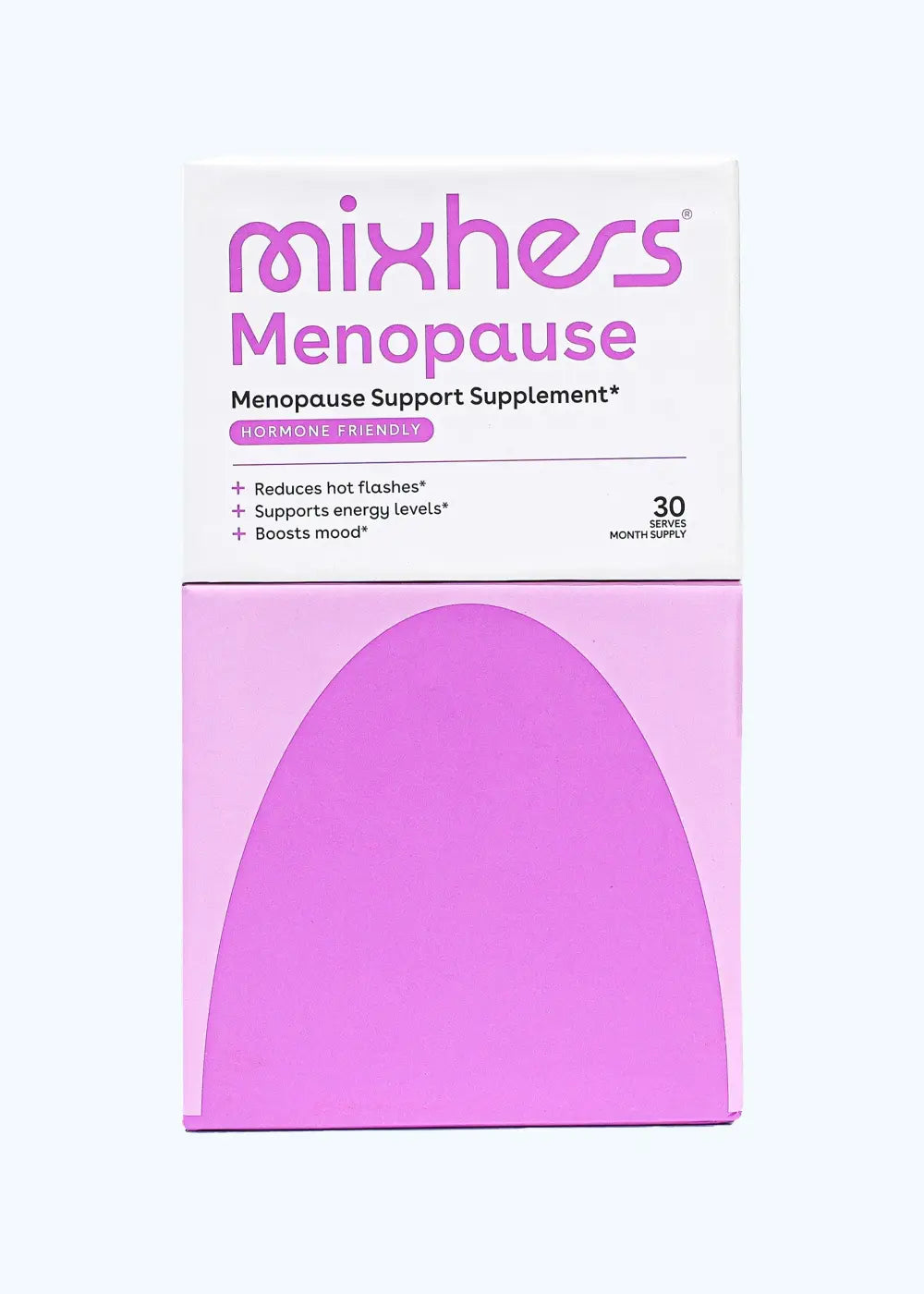If The Byrds wrote a song about the menstrual cycle, it might go something like this: “To every cycle (turn, turn, turn) there is a phase (turn, turn, turn), and a time for all your body’s hormone changes.”
Unfortunately, the complicated changes that happen to our endometrium throughout the month aren’t likely to be celebrated in song form anytime soon. But we still think it’s worth learning about.
Take a minute to think about the menstrual cycle and its different phases. You’re probably pretty well versed on what happens in your body during menses and ovulation, but how much do you know about the proliferative phase of your menstrual cycle? If you responded with, “the what phase?” that’s pretty typical.
We don’t think the proliferative phase gets enough attention, so let’s learn about it. The truth is, this phase of your menstrual cycle is one of the most important, as it helps prepare your body for ovulation. If things don’t go right during this phase, it could affect your ability to ovulate and conceive.
If you have any interest in becoming a parent, you should get to know all about the proliferative phase and how it works. Let’s dive right in.












